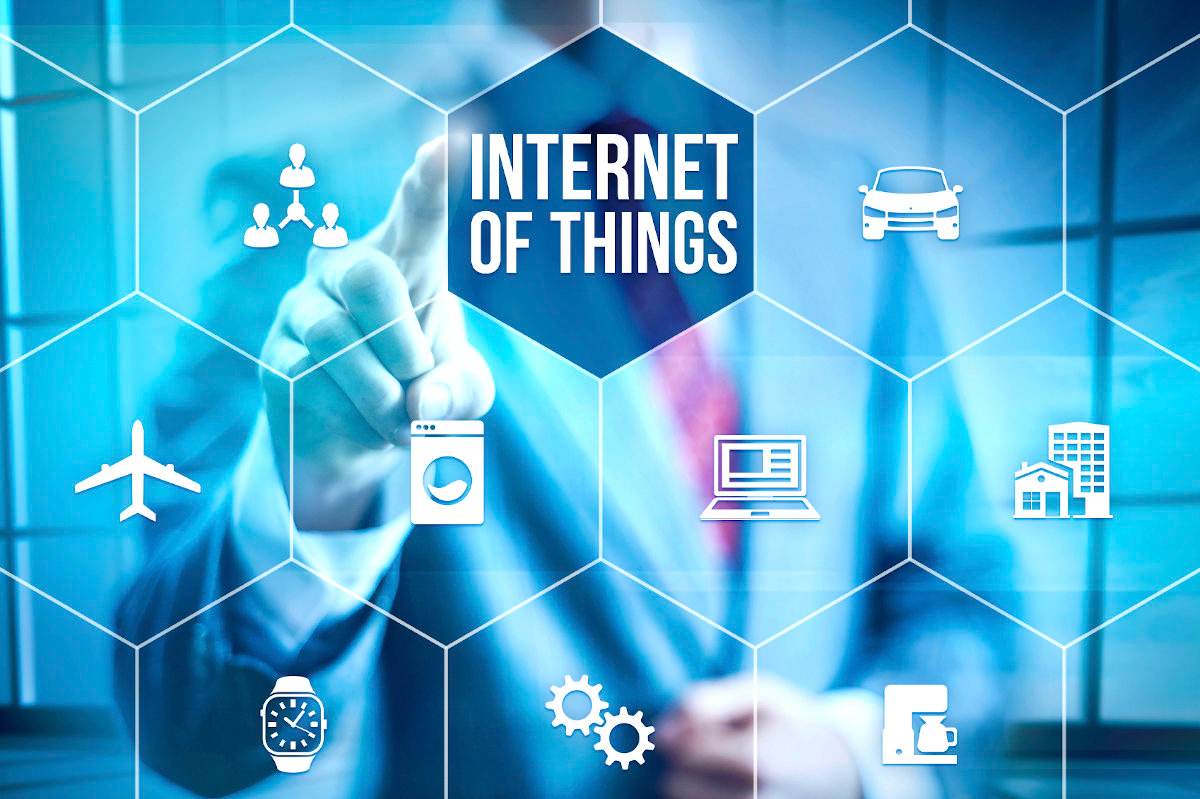How the Internet of Things (IoT) will Help Businesses Innovate
The buzzword ‘Internet of Things’ – or “IoT” as it’s affectionately known in the tech world, may simply invoke a question mark, or it may inspire visions of sci-fi-like technologies, such as intelligent drones, or spark images of cool devices you’ve heard about – like a fridge that re-orders your groceries as food is used, or an Apple Watch®, a Fitbit® or the Wi-Fi connected doorbell app called SkyBellTM.
What you may not have thought about is “How can IoT technologies help my business innovate, make more money or provide better customer service?”
There’s an old saying that ‘the future is always in sight’. Just look at the recently released mega-hit Star Wars: The Force Awakens, which broke all sorts of box office records, for hints of technologies to come and some tech that is reality today through connected devices leveraging the Internet of Things. For example, BB-8 and R2D2 are Droids who are able to communicate and exchange information through their own language, using beeps and tweets. They’ve also used their connectivity, sensors and analytical skills to save Jedi numerous times by interfacing and controlling other connected devices or systems (“R2…shut down all the garbage mashers on the detention level!”).
Today, technology pioneer Amazon is exploring self-navigating drones with sensors for deliveries of packages, while Google has proof-of-concept self-driving cars. Boeing airliner jets can send updates about engine and electronics performance wirelessly to its headquarters. Even my peer’s car has an ‘iDrive’ system (in newer BMWs) that can send a full service log to the dealership with details of required maintenance or other issues requiring attention, and then send push notification email automatically to his car or mobile device. A great use of technology and improvement to customer service.
Cool stuff, if you’re Amazon, right? But what does this mean for my business?
With the existing power of cloud solutions such as, sensors and Big Data – the low hanging fruit for your business may lie in helping lower costs, increase productivity and even create demand for new products and services. Especially since the cloud provides an ample platform for small and medium businesses to rent computing power for the analysis, storage and software needed to distill and act on all of the data from connected devices, like smartphones.
So, the Internet of Things is real, but how are businesses actually using it today?
Good question…
Here’s three ways IoT may help your business:
1. Increased Productivity. The IoT is about devices that are monitoring processes (say a shipping and supply chain system), and how the data and analysis of those processes can be used to optimize workflows. For example, this article in Inbound Logistics discusses how the Internet of Things will be a disruptive force and will change the way logistics is thought about. For instance, a retail supply chain company can link their supply chain directly to their CRM system for real-time feedback on who is buying what, and head-off supply shortages – improving customer service and increasing productivity.
2. Lowering Costs. A manufacturer may find that returns of equipment are related to sensor alerts indicating crashed cooling systems for an engine part – a leading indicator for the returns. Knowing this information as it happens and acting on that data is what can give manufacturers a leg up on their competition – they improve the product in real-time. This new approach to manufacturing, discussed in Industry Week would be “Smart manufacturing,” radically changing this process by providing full visibility into each step. A real money saver because defects and problems can be caught before the next step.
3. Create demand for new products. Another great application for IoT is discussed in this article in Wired by Daniel Burrus, which points out that the beauty of sensors, cloud and data is that they can help prevent infrastructure problems before they occur. For example, in 2007 a bridge collapse in Minnesota was blamed on steel plates that were inadequate to handle the bridge’s load. When bridges are rebuilt, they could be fitted with smart cement: Cement equipped with sensors that can alert of unusual stress, cracks or warps – before a catastrophe can occur. So, it’s not too much of a stretch to envision this kind of technology being used to create new products that can warn our cars, buses, railways, cell phones (e.g. Amber Alerts) to tell us of impending bridge collapses?
One more reason you may want to begin looking at Internet of Things technologies – your competitors may already be looking at it. In fact, according to PwC’s annual survey of 1,500 technology executives, 20% of companies are investing in sensors that will be used for Internet of Things technologies, compared to 17% last year. A lot more than one might think.











